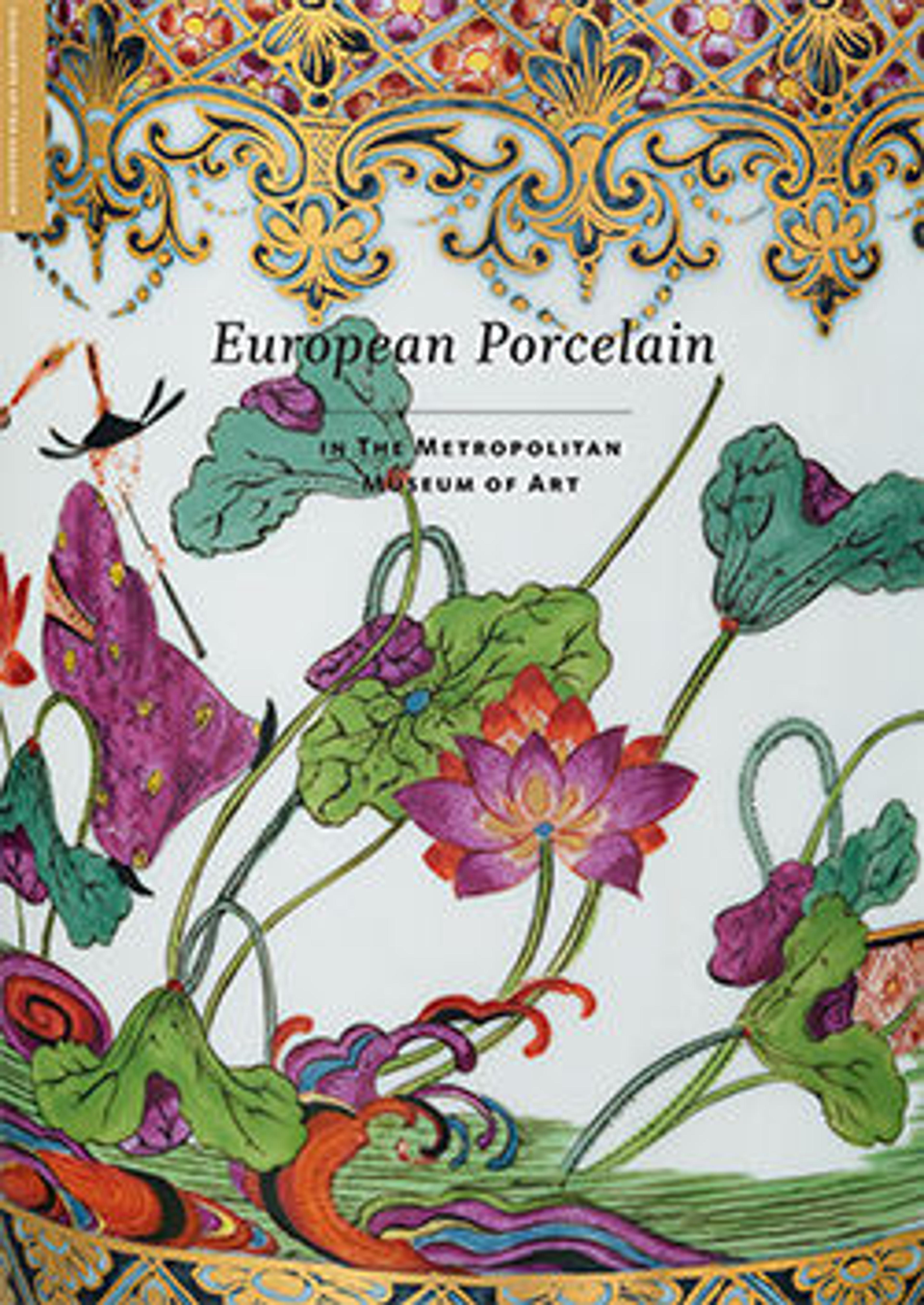Teapot (Théière chinoise)
This teapot is one of the more striking and original creations of the Sèvres manufactory from the first half of the nineteenth century, when the factory’s production was marked by constant innovation and a striving for novelty. The decoration reflects the ongoing popularity of chinoiserie, a term used to describe the European fascination with an imagined and exotic Asia. In the eighteenth century objects in the chinoiserie taste were usually decorated with fanciful depictions of life in Asia as Europeans envisioned it. In contrast, this teapot employs and reinterprets motifs perceived to be Asian in origin. The lotus leaves of the handle, the carved ivory grip at the top, the prominent butterfly, and even the yellow ground color are references to Chinese decorative arts, but the manner in which these elements are rendered and combined is entirely European.
The Sèvres archives record that the teapot was made as an individual object rather than as part of a service and that is was sold to the queen of France, Marie-Amélie, who took possession of it in August 1837.
The Sèvres archives record that the teapot was made as an individual object rather than as part of a service and that is was sold to the queen of France, Marie-Amélie, who took possession of it in August 1837.
Artwork Details
- Title: Teapot (Théière chinoise)
- Manufactory: Sèvres Manufactory (French, 1740–present)
- Date: 1832–34
- Culture: French, Sèvres
- Medium: Hard-paste porcelain decorated in polychrome enamels, gold, silver, ivory
- Dimensions: Overall (confirmed): 7 1/4 x 5 1/16 in. (18.4 x 12.9 cm)
- Classification: Ceramics-Porcelain
- Credit Line: Purchase, Louis V. Bell Fund and Friends of European Sculpture and Decorative Arts Gifts, 2007
- Object Number: 2007.408a, b
- Curatorial Department: European Sculpture and Decorative Arts
More Artwork
Research Resources
The Met provides unparalleled resources for research and welcomes an international community of students and scholars. The Met's Open Access API is where creators and researchers can connect to the The Met collection. Open Access data and public domain images are available for unrestricted commercial and noncommercial use without permission or fee.
To request images under copyright and other restrictions, please use this Image Request form.
Feedback
We continue to research and examine historical and cultural context for objects in The Met collection. If you have comments or questions about this object record, please contact us using the form below. The Museum looks forward to receiving your comments.
